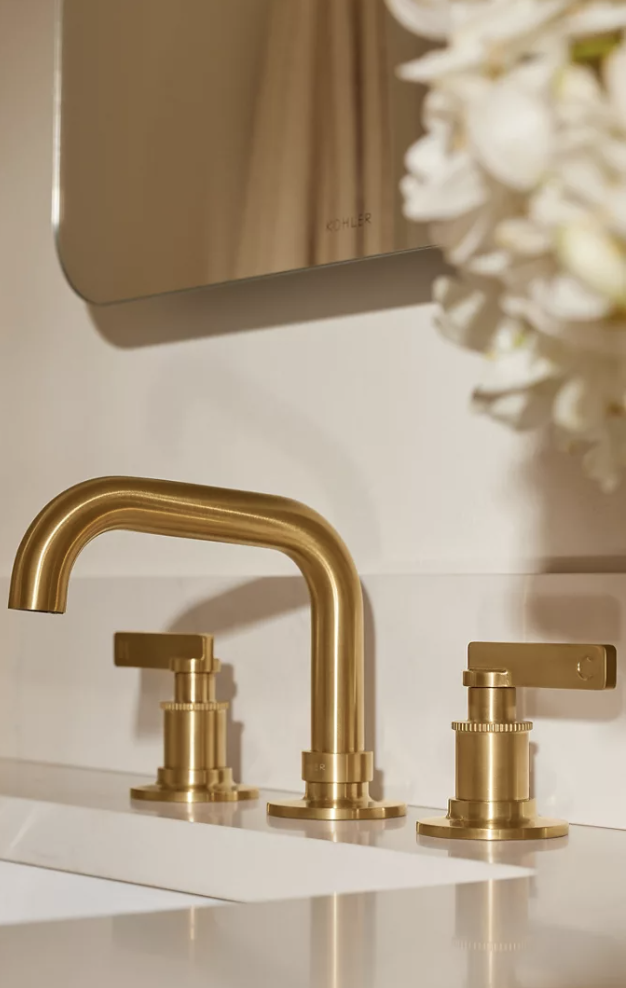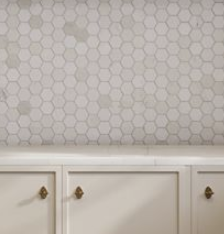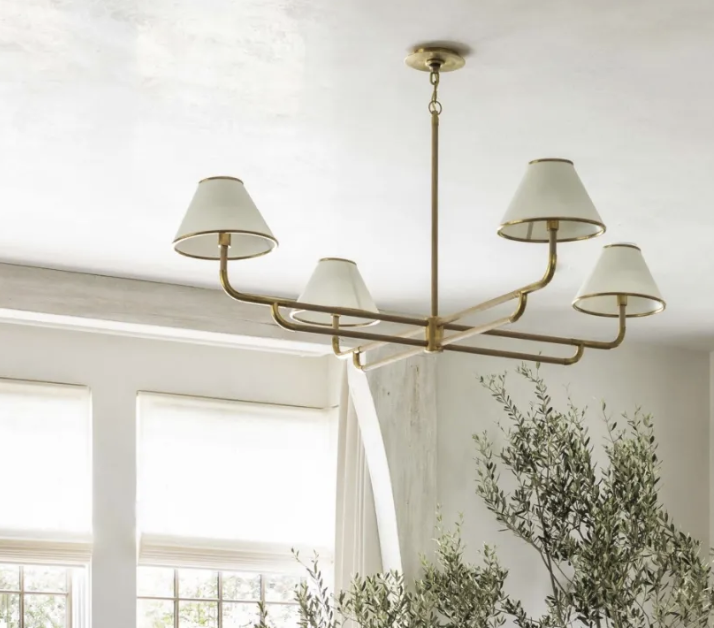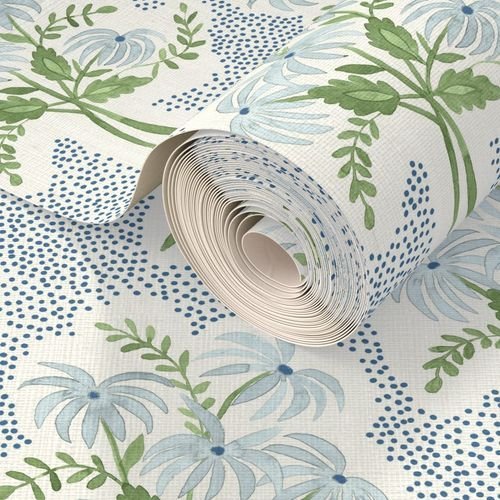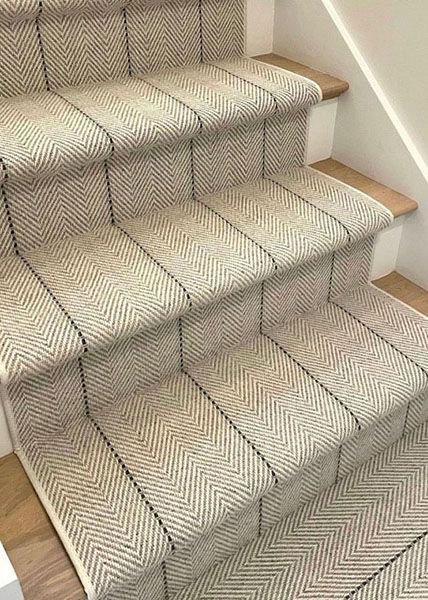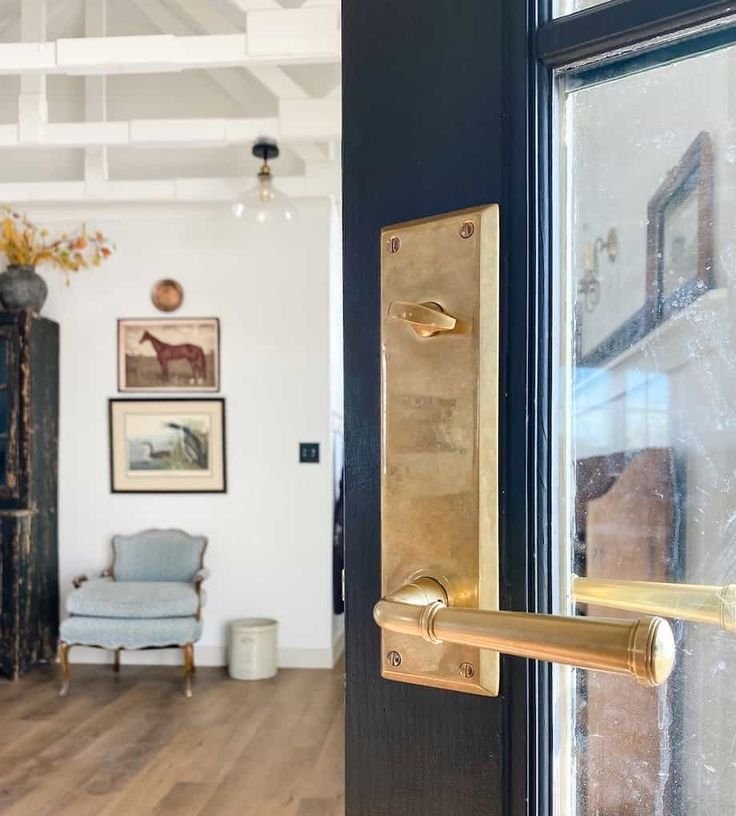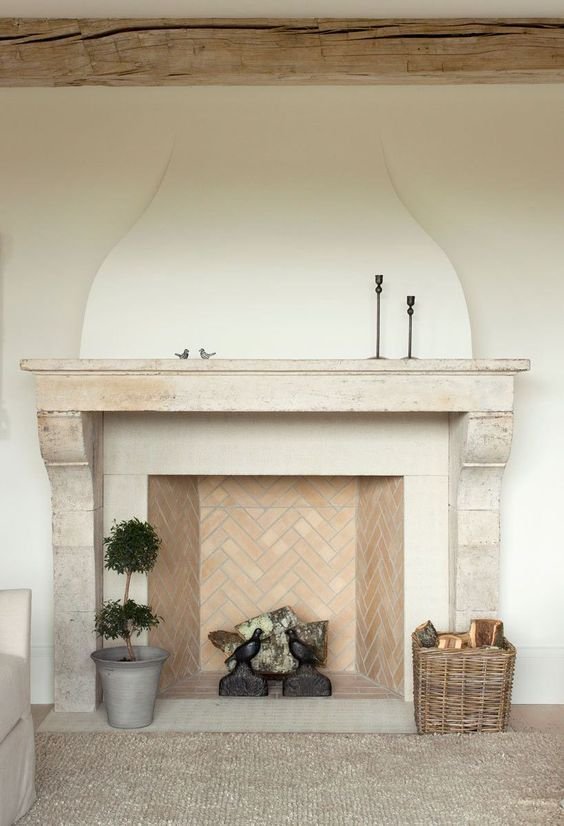The Importance of Interior Finishes and the Integral Role of an Interior Designer
When embarking on a home renovation or construction project, the choices you make in terms of interior finishes fundamentally shape the overall aesthetic, functionality, and feel of your space. From the color on the walls to the fixtures in the bathroom, every detail plays a part in creating a home that truly reflects your personal style and meets your needs. This is where the importance of making informed interior selections becomes evident, and why the expertise of an interior designer is invaluable.
Why Interior Selections Matter
Interior selections encompass a wide range of details including tile, flooring, wall coverings, paint colors, cabinetry, countertops, plumbing fixtures, hvac register placement/types, wall finishes, hardware and lighting fixtures, among others. These choices are not just decorative; they determine how a room functions, how durable it will be over time, and how it makes you feel when you enter it. Making these decisions early in the planning process can save time and money, and ensure a cohesive design that aligns with your vision for the space.
Keep in mind, interior finishes are a significant portion of your project's budget. It’s important to allocate funds for both the materials and the expert labor needed for installation. By choosing these finishes early, you not only communicate your desired aesthetic to the team but also ensure the builder knows how these elements will integrate within the space.
Below is a list of just SOME of the interior finishes to consider….
Interior Trim
Interior Columns & Beams
Paneling & Wainscoting
Custom Built-Ins
Custom Mantles
Interior Doors
Door & Window Hardware
Tile
Hardwood Floors
Interior Paint
Wall Covering / Wallpaper
Fireplace Surround
Cabinets
Countertops
Cabinet Hardware & Accessories
Bathroom Accessories
Plumbing Fixtures
The Integral Role of an Interior Designer
While it's possible to make these decisions on your own, an interior designer can provide expertise and insight that greatly benefit your project. Here's how:
Expert Guidance: Interior designers have a deep understanding of materials, trends, and spatial design. They can offer advice on what finishes will work best for your lifestyle, budget, and aesthetic preferences.
Access to Resources: Designers often have access to a wider range of products and materials than the average consumer. They can introduce you to options you may not have considered.
Avoiding Costly Mistakes: With their trained eye, interior designers can help you avoid common pitfalls that could end up being costly to fix later on.
Cohesive Design: Perhaps most importantly, an interior designer can ensure that all of your interior selections work together harmoniously, creating a cohesive look and feel throughout your home.
Project Management: Many interior designers also offer project management services, overseeing the installation of finishes and ensuring that everything is executed according to plan.
Overall, balancing the budget for these elements requires careful consideration of cost, quality, and project objectives. Work closely with your construction team, architect, and designer to select materials and features that fit both your vision and budget perfectly. With detailed planning and collaboration, you're set to kick off a construction project that meets your expectations without exceeding your financial limits.


